Trung Khanh Chestnut: Cao Bang Province Specialty
Chestnuts are known as called Mac lich in the local dialect. Trung Khanh district reserves over 240 hectares for growing chestnuts, concentrated in Trung Khanh town and the communes of Chi Vien, Kham Thanh, Dinh Phong, Ngoc Khe and Phong Chau. In 2014, Trung Khanh chestnuts acquired a geographical indication from Cao Bang province, contributing significantly to trade and tourism in the province.
Nicknamed Mac Kham, Young Tay-ethnic photographer Luc Thi Nien is passionate about taking photos of the changing seasons and the lives of local people in Cao Bang. She has taken a collection titled “The Trung Khanh Chestnut Season” about the area's most iconic product.
 |
| Chestnut gardens in Trung Khanh. Photo: Mac Kham/VnExpress |
Cao Bang chestnut trees can grow as high as 10 – 16 meters, with a trunk diameter of 0.5 meters and a large shade. Other than natural factors, chestnuts are grown in Trung Khanh on hillsides of about 450 – 600 meters according to preset procedures, with an even distance between trees. Trung Khanh enjoys favorable soil and climate conditions and a complex system of rivers and streams, providing sufficient irrigation and other advantages for chestnuts to grow well.
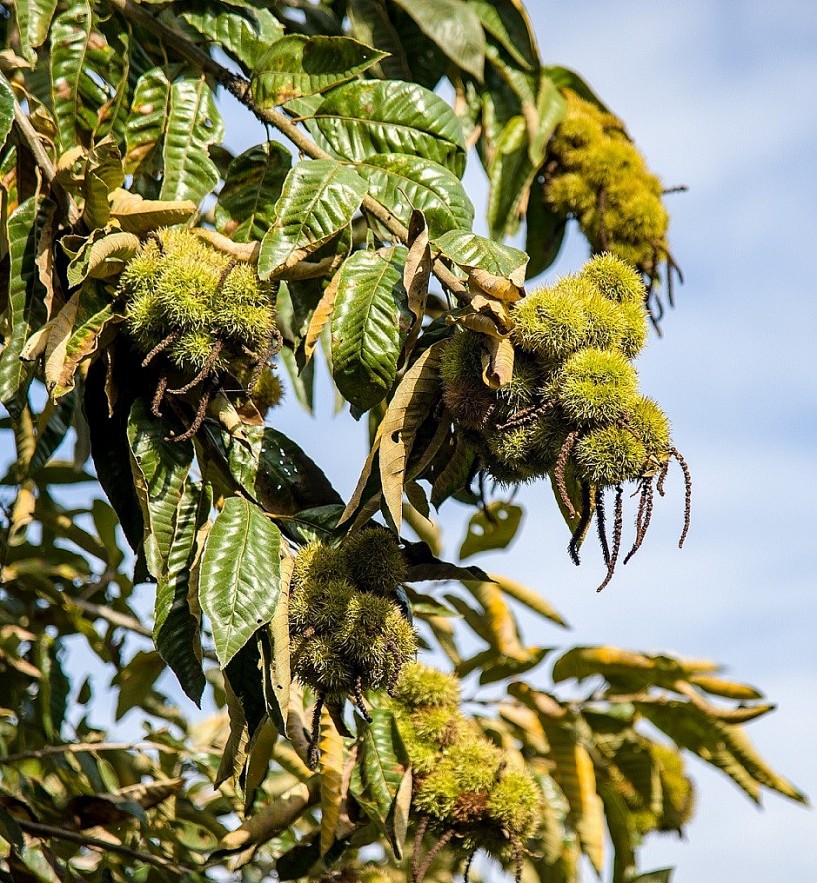 |
| Green chestnuts look similar to young rambutan due to their thorny outer part that resembles porcupine quills. Photo: Mac Kham/VnExpress |
Tourists can visit chestnut gardens when the flowers start to bloom in spring. According to Mac Kham, coming to Trung Khanh in spring is a great opportunity to enjoy the unique aroma of snow-white chestnut flowers, which brings a completely different experiences compared to visiting the town in the chestnut harvest season in autumn.
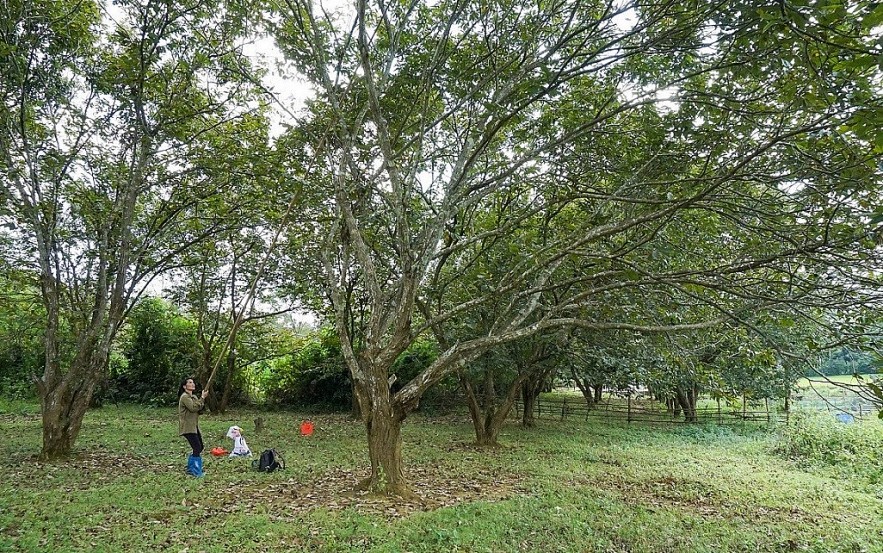 |
| Harvesting Trung Khanh chestnuts. Photo: Mac Kham/VnExpress |
Trung Khanh chestnuts have long become an irreplaceable part of the lives of the Tay and Nung ethnic minority groups in Cao Bang and a significant source of income every harvest season. Mac Kham noted that the most common way to harvest chestnuts was using a long bamboo stick to rattle the branches until the fruits fall, or waiting until the seeds fall on their own as they ripen.
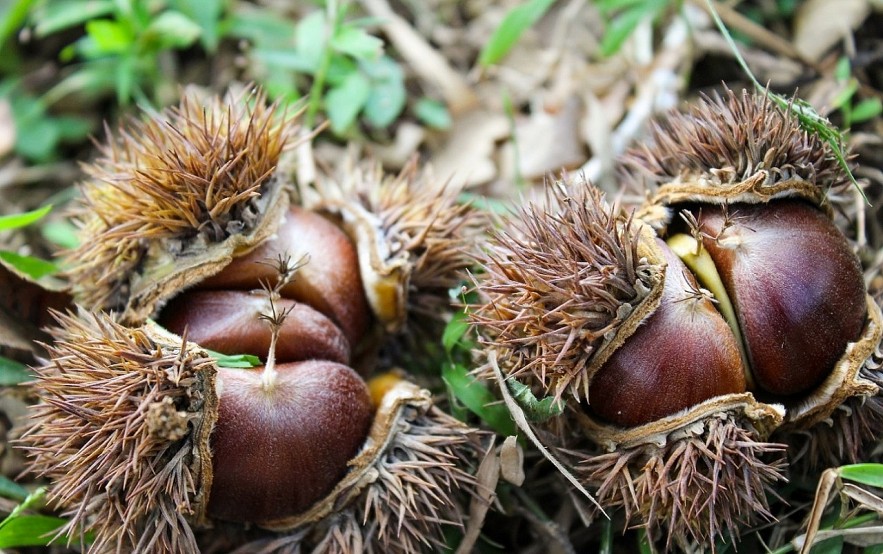 |
| Trung Khanh chestnuts are thorny on the outside. Photo: Mac Kham/VnExpress |
The harvest season in Trung Khanh lasts over two months through September and October. When ripe, the covers of chestnut fruits often crack, revealing the seeds inside. Each chestnut has about 1 to 3 seeds. Because the chestnuts are thorny, locals often bring along tongs when they harvest the fruits. The seeds can be extracted on the spot or at home.
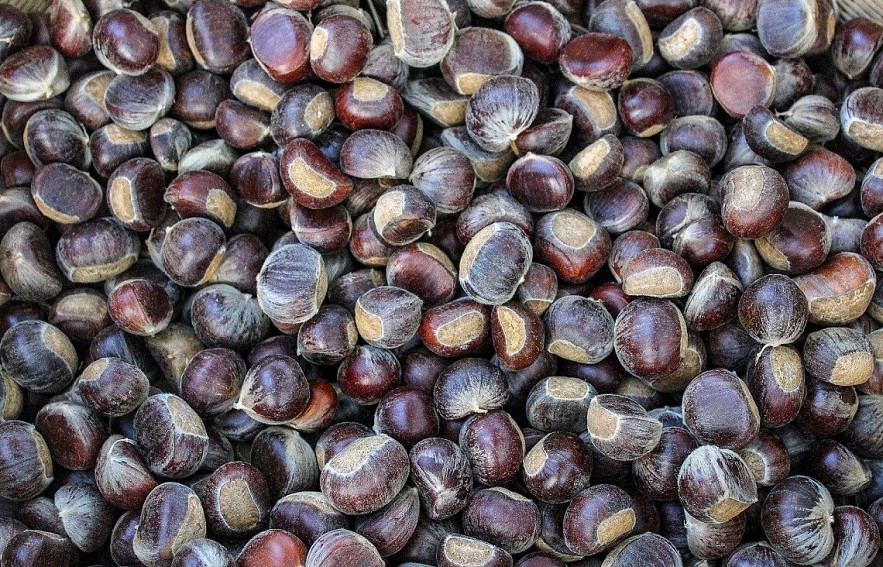 |
| Unlike chestnuts in other areas, Trung Khanh chestnuts can be 5 – 6 times larger than wild chestnuts. They have dark-brown outer shells, white hair, thin skins and yellow flesh with a unique nutty and aromatic flavor. Photo: Mac Kham/VnExpress |
The best way to prepare Trung Khanh chestnuts is by boiling them until they are cooked through, then grilled over charcoal or toasted in a large hot pan. In addition, Trung Khanh chestnuts can be cooked with pig’s trotters or braised with pig bones to create healthy, delicious soups.
 |
| The best way to prepare Trung Khanh chestnuts is by boiling them until they are cooked through, then grilled over charcoal or toasted in a large hot pan. Photo: Mac Kham/VnExpress |
In the harvest season, sellers often come and buy chestnuts at the gardens right before each market session and bring them to the market.
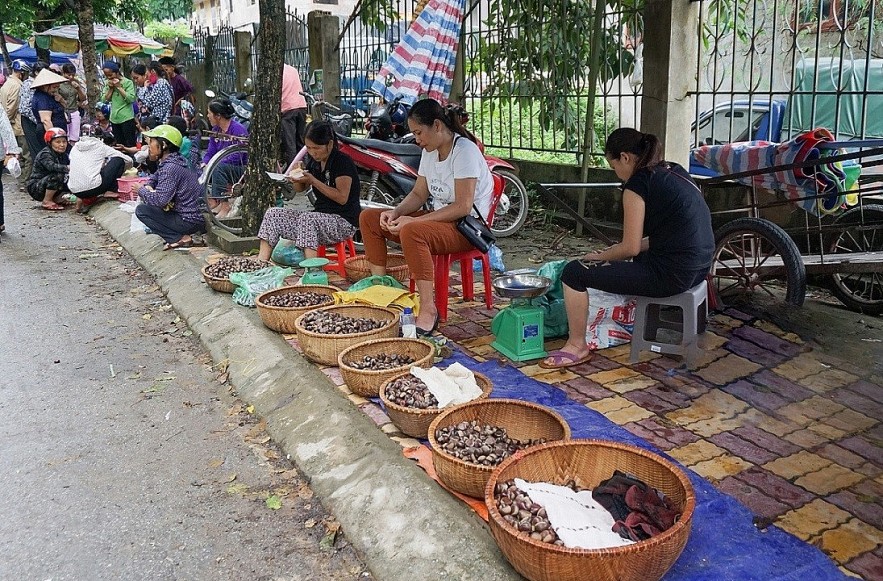 |
| Selling chestnuts at the market. Photo: Mac Kham/VnExpress |
Tourists coming to Cao Bang should take notice of the difference between Trung Khanh chestnuts and those that originate in China. Trung Khanh chestnuts are often sold at around VND 100,000 – 150,000/kg, which is two times more expensive than Chinese chestnuts. In addition to the fact that Chinese chestnuts are sold throughout the year, they also have a large size, round shape and white flesh without white hairs on the outside.
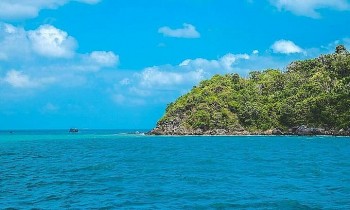 | More Tourist Destinations To Welcome Back Foreign Visitors The Ministry of Culture, Sports and Tourism recently issued a plan aimed at implementing measures to stimulate tourism demand and revive the local tourism industry ... |
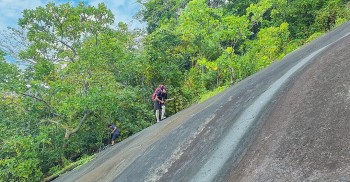 | Scaling the Steep Slopes of Ba Den Mountain Slope 700 is a steep, almost vertical slope on the hiking route Da Trang of the Ba Den Mountain. |
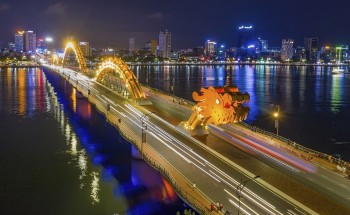 | The Beauty of Bridges Across Vietnam Each bridge in Vietnam has its unique beauty. Through the skilled eyes of Tran Minh Luong, a young engineer residing in Can Tho with a ... |
Recommended
 Handbook
Handbook
Vietnam Moves Up 8 Places In World Happiness Index
 Handbook
Handbook
Travelling Vietnam Through French Artist's Children Book
 Multimedia
Multimedia
Vietnamese Turmeric Fish among Best Asian Dishes: TasteAtlas
 Handbook
Handbook
From Lost to Found: German Tourist Thanks Vietnamese Police for Returning His Bag
Popular article
 Handbook
Handbook
Prediction and Resolution for the Disasters of Humanity
 Handbook
Handbook
16 French Films To Be Shown For Free During Tet Holiday In Vietnam
 Handbook
Handbook
Unique Cultural and Religious Activities to Welcome Year of the Snake
 Handbook
Handbook







